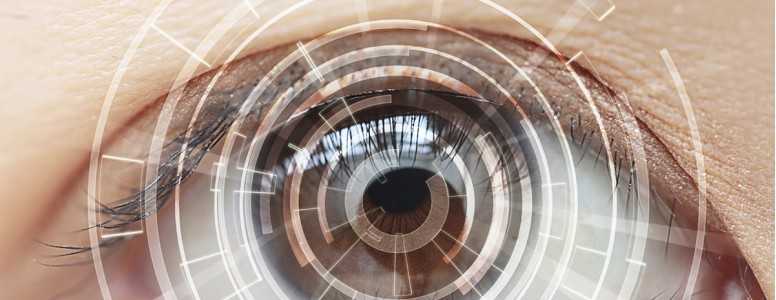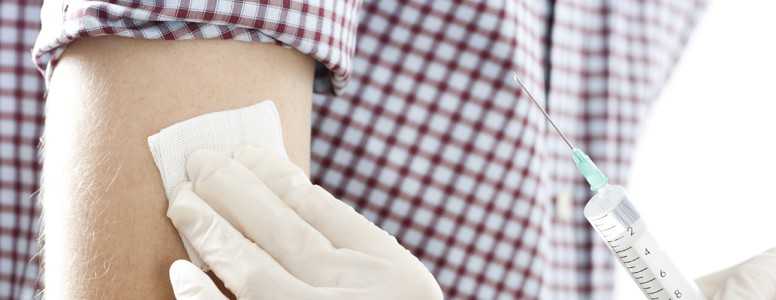A device that uses the eye to measure blood glucose levels is one step closer to being made available to the public after a patent has been awarded.
Currently referred to as an optical glucometer, the pioneering product was developed by Prof Bill Baker after he was diagnosed with type 2 diabetes in 2003.
The theoretical physicist, from Furmin University in South Carolina, quickly grew tired of finger-pricking tests and decided to apply his skills to finding a less invasive way of checking glucose levels.
Prof Baker said: “I noticed that after I had a meal, my vision blurred. I thought, ‘what is the origin of this?'”
At the time, an ophthalmologist friend explained that the lens of the eye reacts to changes in blood glucose levels, which made Prof Baker think about how it could be used to help people with type 2 diabetes.
He enlisted the help of Prof Paige Ouzts, an infrared laser physicist from Lander University, to help explore further options.
Prof Ouzts said: “When we first started, we wanted to know if there was another way to detect blood glucose. It morphed over time into this. We thought, since your body is an infrared emitter, why can’t we use infrared technology, infrared sensors?”
Working together, they developed the device, which uses infrared sensors to take a picture of the eye.
Explaining in more detail how it works, Prof Baker said: “You make an image of the eye in the appropriate wavelengths, and that can be used to determine actual glucose concentration in the fluid in your eye. It’s as good as a glucometer.”
Having spent years testing the technology on Prof Baker, the duo decided the device was finally ready for the next step and requested help from Furmin University. The university filed the patent paperwork which has since been granted. It is the first patent to be owned by the institution in its nearly 200-year history.
The product will have more challenges to go through before it can be made available for use by the public. Tests will be needed to ensure it is safe and accurate before it can be approved by regulatory bodies.







